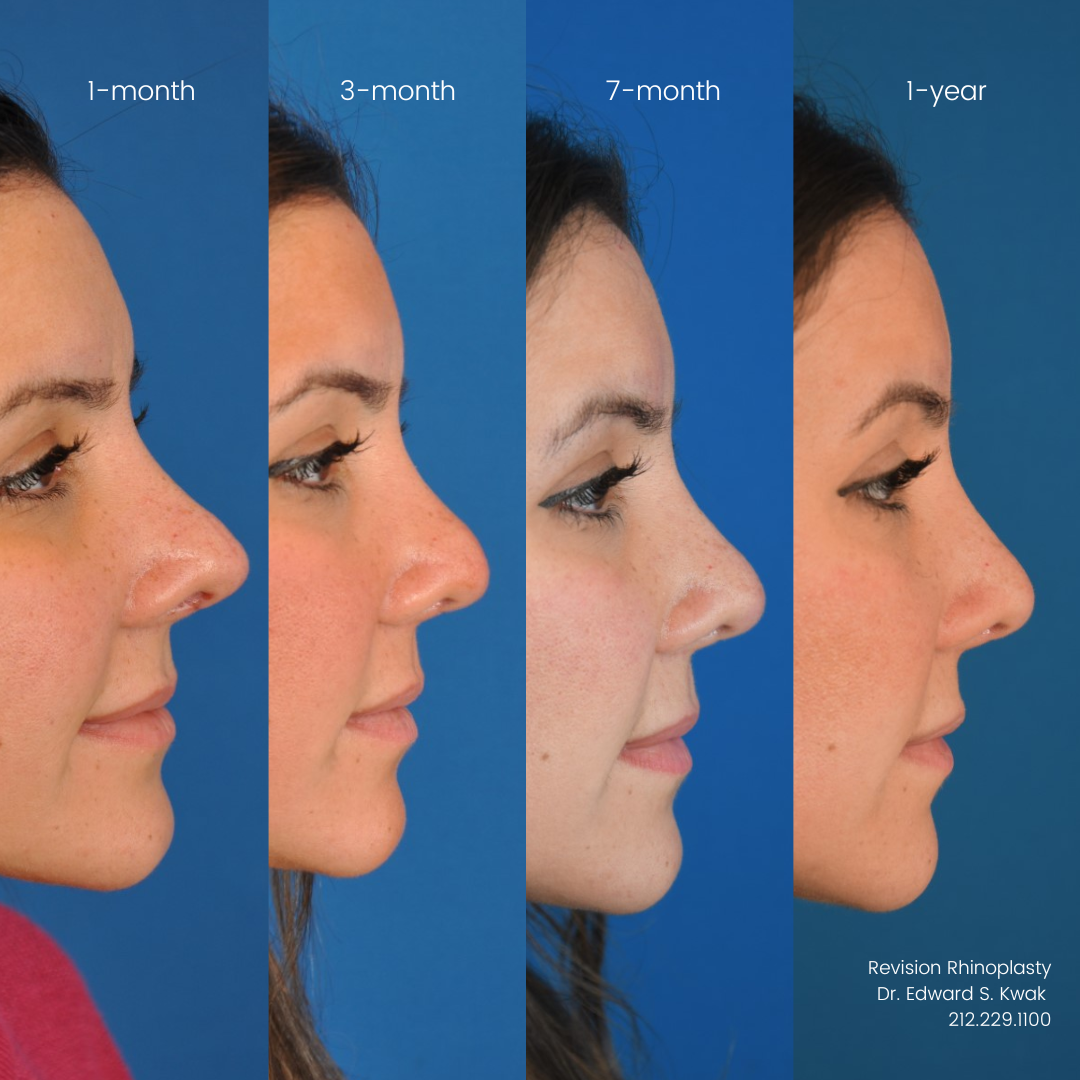Smoking After Tooth Extraction: Risks Revealed
The journey to recovery after a tooth extraction can be a delicate one, filled with dos and don’ts to ensure a smooth and complication-free healing process. Among the various post-operative instructions provided by dentists, one of the most critical advisories is to refrain from smoking. The act of smoking after tooth extraction poses significant risks, affecting not just the healing process but also the overall oral health of the individual. In this comprehensive guide, we will delve into the specifics of why smoking is detrimental following a tooth extraction, the risks involved, and the importance of adhering to a smoke-free regimen during the recovery period.
Immediate Risks: Complications and Infections
Smoking immediately after tooth extraction can lead to a plethora of complications. The primary concern is the introduction of bacteria into the extraction site, which can lead to infection. Smoking affects the blood flow, reducing the delivery of oxygen and nutrients to the gums, thereby impairing the healing process. Moreover, the chemicals in tobacco can irritate the gum tissue and the wound, potentially leading to dry socket, a condition where the blood clot fails to form or falls out, exposing the bone and nerve endings. This results in severe pain and delayed healing.
It's crucial to note that the risk of dry socket increases significantly with smoking. While dry socket can occur in anyone, smokers are at a higher risk due to the decreased healing capabilities of their tissues and the introduction of harmful substances into the wound site.
Long-Term Consequences: Impact on Oral Health
Beyond the immediate risks, smoking after tooth extraction has long-term implications for oral health. Chronic smoking can lead to gum recession, tooth loss, and an increased risk of oral cancer. The chemicals in tobacco smoke damage the gums and tooth-supporting tissues, making them more susceptible to disease. Furthermore, smoking can discolor teeth, cause bad breath, and lead to a condition known as smoker’s melanosis, which involves the formation of brown or black patches on the gums due to the accumulation of melanin.
Challenges in Healing: The Mechanics of Smoking
To understand the risks associated with smoking after tooth extraction, it’s essential to grasp the mechanics of how smoking affects the healing process. Smoking damages the small blood vessels, reducing blood flow to the gums. This diminished blood supply hampers the delivery of oxygen and nutrients necessary for healing. Additionally, smoking introduces carbon monoxide into the bloodstream, which binds to hemoglobin, further reducing the amount of oxygen delivered to the tissues. This oxygen deprivation slows down the healing process and increases the risk of complications.
Practical Guidance: Quitting Smoking for Recovery
For individuals who are habitual smokers, quitting can seem daunting, especially when faced with the stress of recovery after a tooth extraction. However, even a temporary cessation of smoking during the recovery period can significantly reduce the risks associated with tooth extraction. Here are a few practical tips for those looking to quit or reduce smoking during this time:
- Nicotine Replacement Therapy (NRT): Consider using NRT products like gums, lozenges, or patches to manage withdrawal symptoms.
- Prescription Medications: Certain medications, under the guidance of a healthcare professional, can help reduce cravings and the urge to smoke.
- Support Groups: Joining a support group, either in-person or online, can provide valuable guidance, encouragement, and strategies for staying smoke-free.
- Healthy Distractions: Engage in activities that distract you from the urge to smoke, such as exercise, hobbies, or spending time with non-smoking friends and family.
Step-by-Step Guide to Managing Smoking Urges
- Identify your smoking triggers and avoid them during the recovery period.
- Stay occupied with healthy snacks, water, and engaging activities.
- Use the 4Ds: Delay acting on the urge to smoke, Deep breathe, Drink water, and Do something else.
- Consider professional help if you find it challenging to manage cravings on your own.
Conclusion: The Path to a Healthy Recovery
Recovery from tooth extraction is a critical period that requires careful adherence to post-operative instructions, including avoiding smoking. The risks associated with smoking after tooth extraction are significant, ranging from immediate complications like dry socket and infection to long-term consequences for oral health. By understanding these risks and taking concrete steps towards quitting or reducing smoking, individuals can ensure a smoother, healthier recovery. It’s also crucial to maintain open communication with dental professionals, who can provide personalized advice and support throughout the healing process.
FAQ Section
How long after tooth extraction should I avoid smoking?
+It's recommended to avoid smoking for at least 24 to 48 hours after tooth extraction. However, the longer you can abstain from smoking, the better it is for your healing and overall oral health.
Can I use nicotine products after tooth extraction?
+Nicotine products like gum or lozenges can be considered under the guidance of a healthcare professional. However, it's essential to weigh the benefits against the potential risks, especially if you're trying to quit smoking altogether.
How does smoking affect the healing of the extraction site?
+Smoking can significantly slow down the healing process by reducing blood flow and introducing harmful chemicals into the wound site. This can lead to complications like dry socket and infection, delaying recovery.
By embracing a smoke-free recovery period, individuals can not only ensure a healthier outcome after tooth extraction but also take a significant step towards improving their overall well-being. The journey to a healthier, smoke-free life begins with understanding the risks and taking that first step towards change.

